Don't wanna be here? Send us removal request.
Text
WEEK 6 - Guide
This photo is where I live, located in lyall bay, beautiful surroundings, close to the beach and the main area. lyall bay is a historical area, so there are lots of nice houses and famous restaurants, and lots of friendly neighbours and people from different areas. I think it's very representative of New Zealand and the people live at a slow and laid back pace. I rented a house here when I first arrived in New Zealand and I have many fond memories of this place, where I got my first cat, met many friends and started my university life. I have a deep affection for this place so for my final exams I chose to take photos of the exterior and interior of my house and I particularly enjoy painting and have studied for many years so I combined photography and painting together to present my final series.
0 notes
Photo
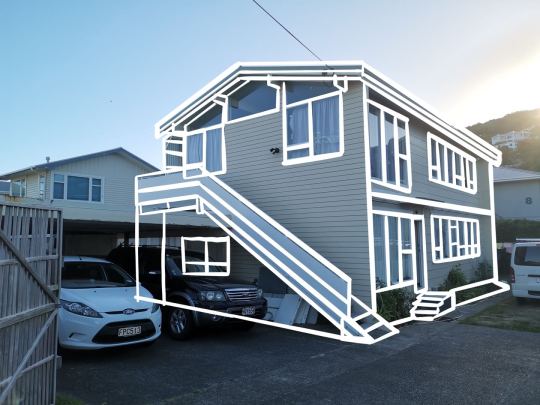
WEEK 5 FINAL DEVELOPMENT
For my development of my final photograph series, I tried to draw on my photos . Its come out really well and surprisingly match with my idea.
For the further development, I will export more way to demonstrate my finals
0 notes
Text
WEEK 4 RESPONSE
According to New Zealand history.
Between 1769 and 1770, the British naval officer and explorer J. Cook sailed around the islands of New Zealand and charted the island. after the publication of his voyage report in 1777, Europeans began to migrate to New Zealand, with whalers, missionaries, traders and immigrants arriving one after another. In 1837 the British formed the New Zealand Association and the British bought land in New Zealand. in July 1839 the British government sent a naval officer, W. Hobson, as Lieutenant Governor of New Zealand. In February 1840, the Maori chiefs were forced to sign the Treaty of Waitangi in the town of Waitangi on the North Island. The Maori were forced to 'cede' sovereignty over their land to the British in return for 'protection' from the King. New Zealand becomes a British colony. (Source from Baidu)
According to my online research, the British naval officer, who had found an Englishman who claimed to know Māori, planned two different treaties, which he interpreted in Māori, contrary to what was written in English, so that, under their misinterpretation, the Māori chiefs, who could not read English, signed them, thus losing their land and becoming "slaves of the fallen nation." Despite being colonised by European and American colonisers who brought them modern civilisation, the Maori, who have made up only 9% of New Zealand's population for nearly 200 years, have never given up fighting for the land that was unfairly taken from them.
Every year, on the anniversary of the Treaty of Waitangi, Māori from all over the country protest against the government for the inequality of the Treaty. As a result of these protests by enlightened Maori, the New Zealand government has now returned some land to Maori tribes. This small group of people on the colonised island nation of New Zealand are proud to be Maori and will never forget that they are descendants of Polynesians and that they are Maori - the former owners of the land - because of the benefits that the British colonisers brought! Māori, I am in deep admiration for your national pride.
0 notes
Photo
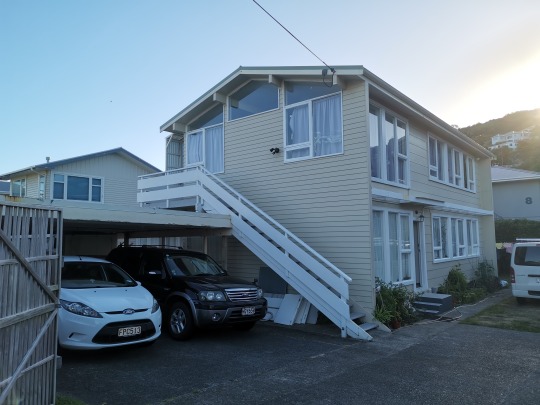
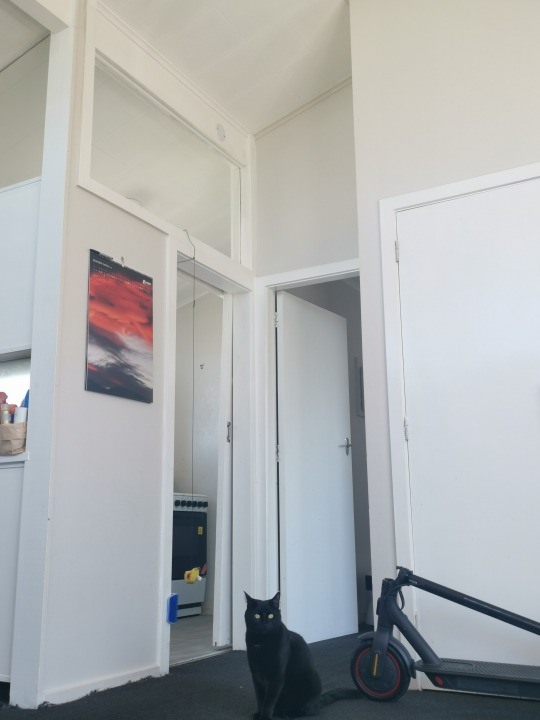
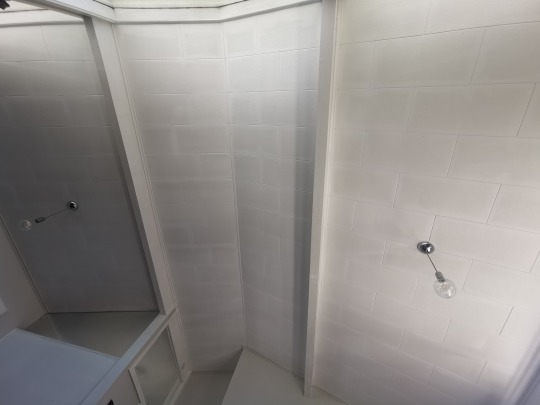
WEEK 3 PRESENTATION
My idea for this course is simply around my house. Because the world around myself is basicly all about my own place, as I am a international student from China, Wellington is a interesting and strange place to me, so I decide to photograph my own place. This three photographs is my favourite. I want to do a series based on these photos.
0 notes
Text
Part 2 - Introducing critical discussion
Street photography, recording of chats. Walking. What is the point of a walk? What can you say? When do you do it? How do you do it? What do you have to say about it? I always tell people that I am going for walks. What environments can you walk in? Parks physical access It wasn't until the early 1920s that disability was realised as a political issue. have a distinction between disability and impairment". No vocational opportunities and limited housing options, isolation. Do your best to get yourself out and order a coffee. A society where people with disabilities are stigmatised rather than truly cared for, and where they are left to depend on each other when they need help. where are boundaries lie as a human and what becomes non-human.
0 notes
Text
Research
View of Lyall Bay in the early 20th century The suburb consists of most of the southern half of the Rongotai isthmus, although Wellington International Airport and a small industrial area next to it are often considered to be part of Rongotai.
Lyall Bay was probably the ancient mouth of the Hutt River.[2] The current isthmus was created by geologic upheaval as result of recurring earthquakes, the most recent occurrence being the 1855 Wairarapa earthquake.[3]
Lyall Bay is predominantly a residential area, but also contains a part of Wellington's Southern Walkway, and the Southern Headlands Reserve, and Wellington's largest beach. The south-western border has Te Raekaihau Point as the dividing landform to Houghton Bay.
0 notes
Text
INDEPENDENT STUDY FOR WEEK 3:
Some of Māori's intangible cultural heritage. Allow us to travel through time and space and explore together. The world view is made up of the present and the future as the leader leads them out of their historical homeland.
This is a project about material culture in its broadest sense. The Craftsman is about making things well; Volume 2, The Workshop, focuses on developing social skills and collaboration; Volume 3, The Foreigner, will be about environmental design and craft cities. The question that ties them together is how we develop skills in making things
0 notes
Text
Session2:Checklist for week 2 independent study:
This is a photo I took at the school and his vibe just gives the impression of being very busy, as the proximity is to a main street, opposite the interview with a restaurant. It's more like a convention that exists in this community. A presence of equal importance and influence. It is associated with Tikanga.
correct procedure, custom, habit, lore, method, manner, rule, way, code, meaning, plan, practice, convention, protocol - the customary system of values and practices that have developed over time and are deeply embedded in the social context .
0 notes
Text
Task 2: Tikanga Māori-Living by Māori Values Reading.
‘[T]ikanga can refer to a rule, plan or method, and more generally to custom and habit. Indeed, for many people tikanga Māori means ‘the Māori way’ or done ‘according to Māori custom.’ Another set of meanings refer to reason, motive or purpose. And there is the obvious meaning of correctness, or tika, as the very name suggests’ (11).
Mead explains that his book wishes to adopt a certain position;
‘that tikanga is the set of beliefs associated with practices and procedures to be followed in conducting the affairs of a group or an individual. These procedures are established by precedents through time, are held to be ritually correct, are validated by usually more than one generation and are always subject to what a group or an individual is able to do’ (12).
0 notes
Text
Session2:Task 1: Walk
Cuba Street is a famous city street in Wellington, New Zealand and is widely known as the centre of the city's unique culture. The street is known for its 'bohemian' and compact culture, with a wide range of cafes, venues, shops, restaurants, record shops, bookshops, heritage buildings of all styles and a general 'quirkiness' that makes it one of the city's most It is one of the most popular tourist destinations in the city. Its history is one of the most famous of all Wellington's streets. It is very relaxed as one can shop, eat, drink coffee and a whole lot more to relax and enjoy life. As time went on, the street became deeply rooted in the community and became one of the important parts, again reflecting the value system.
0 notes
Text
Task 3: Urban Design and Tikanga Māori Article
For M?ori, it’s about reclaiming urban spaces where meaningful design expressions of cultural heritage and spatial planning allows tangata whenua – the people of the land – to celebrate our cultural identity. It’s about creating urban spaces within our cities where, like on our marae, tikanga M?ori welcome ceremonies。
K?ore te kumara e k?rero m? t?na ake reka
The kumara does not say how sweet he is.
0 notes
Text
Photo: Siljee, Matthijs. Brooklyn school near Flatbush Avenue, NY 1991
Added with the bad, and perceived graffiti, over time this enclosure will age through nature, and will also be deliberately vandalised by man. From the photos the school fence has the quality of a filmed movie and has a cool feel to it.
0 notes
Photo
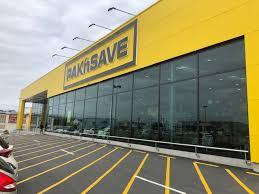
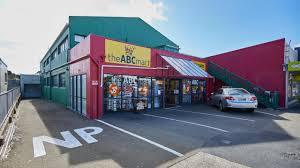
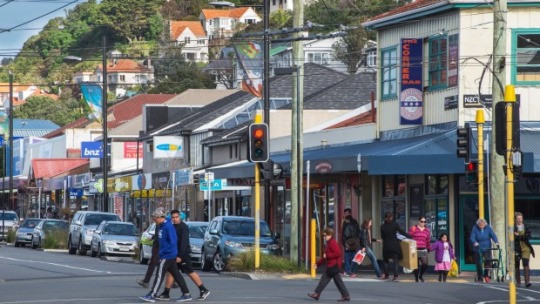
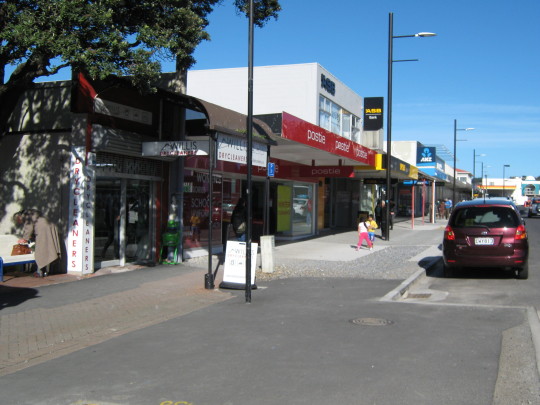
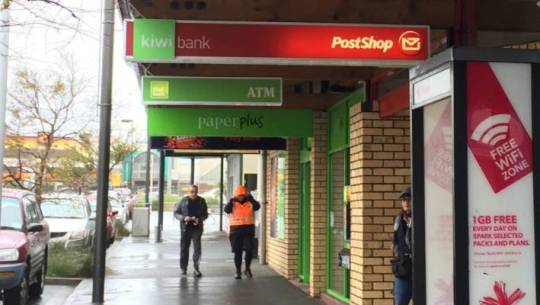
People come and go every day, again including people with disabilities, but there are many buildings in New Zealand that are very good for people with disabilities, for example the traffic lights, when people with disabilities want to cross the road they can push the button because the position is very low and I feel there is no discrimination against anyone.
0 notes
Photo
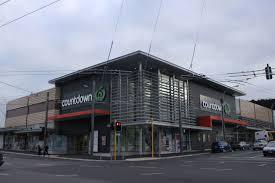
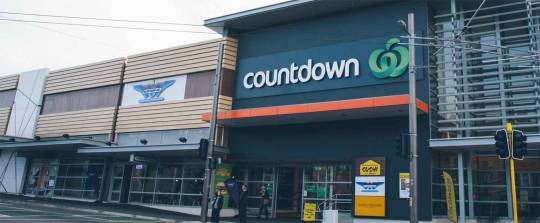
This is the supermarket that I pass every time I go to the school bus. Supermarkets are for people's convenience and livelihood, but this one is near a crossroads, which is convenient but dangerous.
0 notes
Text
TASK 2: STRENGTHS AND WEAKNESSES
I feel I can bring more ideas to the group and listen to the ideas and opinions of others. Do more research to help the group go well. Help the group design covers, draw pictures etc.
0 notes



